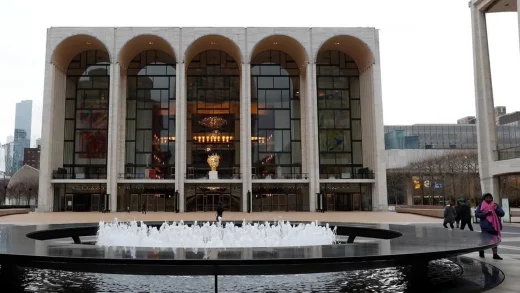Indian scientists plan to seed clouds for the first time to trigger heavy rain in some areas of New Delhi, hoping this will be enough to tackle the smog gripping the world’s most polluted capital for a week, the project’s head said on Thursday.
Air quality dips in Delhi ahead of winter every year, when cold air traps pollutants from a variety of sources including vehicles, industries, construction dust, and agricultural waste burning.
Scientists expect some cloud cover over the city around November 20 and are hoping this will be large enough — and with high enough moisture content — to trigger heavy rain via seeding with salts, said Manindra Agrawal, a scientist at the Indian Institute of Technology at Kanpur, who is leading the trial.
The project, estimated to cost Rs. 1 crore for 100 square kilometres, would involve spraying into clouds a mix of salts that include silver iodine, Agrawal said.
“We don’t expect that big a cloud that will cover entire Delhi, but a few hundred kilometres would be good,” he told Reuters.
The local government of the city of 20 million people, spread over roughly 1,500 square kilometres, has already shut all schools, stopped construction activities, and said it will impose restrictions on vehicle use to control pollution.
The air quality index in the city was 506 early on Thursday, which is categorised as “hazardous” by Swiss group IQAir.
Delhi needs heavy and widespread rain to wash away the pollutants, and light rain could worsen the situation, said Gufran Beig, the founder director of the federal government’s air-quality monitoring agency SAFAR.
Beig added that current airflow is carrying smoke from crop residue burning in the states of Punjab and Haryana to Delhi, which also has its own pollution sources and where there is currently almost no wind.
“So unless a huge pressure is established by intense rain, this chain of transport from Punjab to Delhi will not be broken, and once it is broken it is difficult for the chain to form again for some time,” he told Reuters.
About 38 percent of the pollution in the capital has been caused by stubble burning in Punjab and Haryana, where over 22,000 stubble burning events were recorded between September 15 and November 7, according to a government statement.
Stubble burning is a practice followed by farmers wherein crop stubble left behind after rice is harvested is burnt to quickly clear fields before planting wheat crops.
The federal government has directed authorities in both states to “take effective actions” to check further stubble burning, the statement added.
The Delhi government is seeking to get approval for the project from the Supreme Court, which is hearing petitions related to pollution.
Several countries have used cloud seeding to produce rain, improve air quality and water crops in time of drought, including Mexico, the United States, China, Indonesia and Malaysia.
However, in 2021, a plan to seed clouds over the mountains of New Mexico to increase snowfall was pulled after allegations it could poison people and the environment.
© Thomson Reuters 2023



